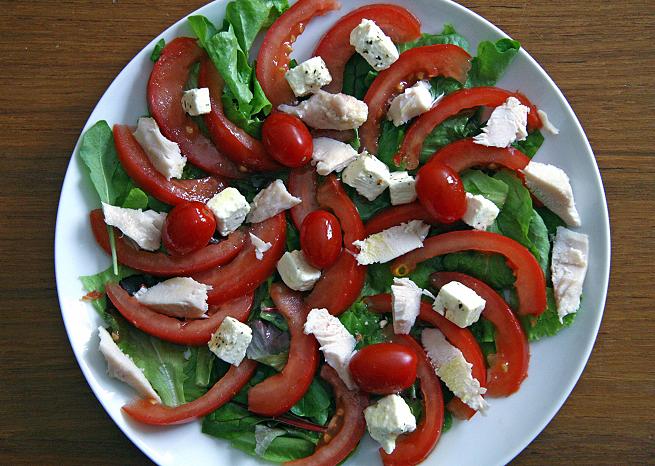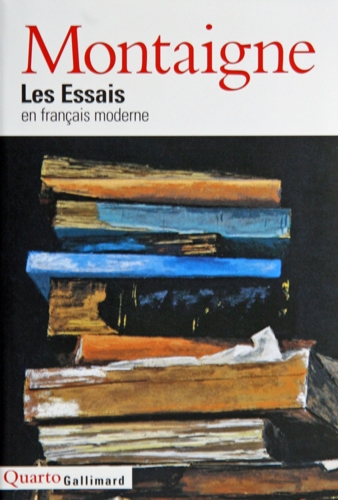Guernica
Sunday, April 26, 2009 by Billy
| Guernica by Pablo Picasso (1937) — Oil on canvas, 349 cm x 776 cm Museo Centro de Arte Reina Sofía, Madrid. |
In the form of its execution and the scale of the destruction it wrought, no less than in the selection of its objective, the raid on Guernica is unparalleled in military history. Guernica was not a military objective [...] The object of the bombardment was seemingly the demoralization of the civil population. George Steer, The Times (27th April, 1937)
Seventy-two years ago, on April 26, 1937, a little Basque town called Guernica was bombed by planes from the Condor Legion, a unit composed of soldiers from the German air force (Luftwaffe), which was allied to the Nationalists headed by Francisco Franco during the Spanish Civil War. It was the first time in modern history — but not the last one — that an urban population was slaughtered on purpose by the means of a military attack.
| Picasso paints Guernica by Dora Maar (Paris, 1937) |
Picasso put Guernica at the disposal of the struggle for the Spanish Republic. After it was defeated and Franco established his fascist power on the country, he insisted that it should return in Spain as soon as its government was restored (which happened in 1981 only). There is no allusion in the painting to a precise war action though. Picasso himself always insisted on the generality of Guernica's meaning, and described it as "the picture of all bombed cities".
Indeed, Guernica represents much more than an illustration of the destruction of the Basque town. It has become a symbol of the suffering of helpless civilians, in any war terror inflicted by a powerful army. As such, the painting could be called Coventry, Dresden or Hiroshima as well.


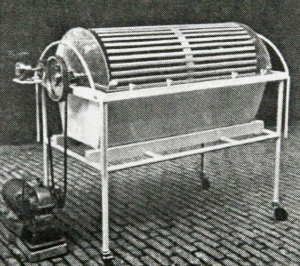

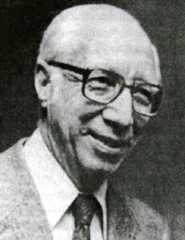

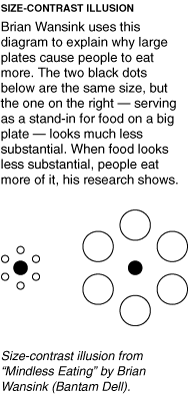 Mr. Wansink gave away five-day-old popcorn — “stale enough to squeak when it was eaten,” he wrote — to moviegoers one day at a theatre in the Chicago suburbs. The crux of the experiment lay in the size of the buckets that held the popcorn. Some people got merely big buckets, while others received truly enormous ones. Both sizes held more popcorn than a typical person could finish.
Mr. Wansink gave away five-day-old popcorn — “stale enough to squeak when it was eaten,” he wrote — to moviegoers one day at a theatre in the Chicago suburbs. The crux of the experiment lay in the size of the buckets that held the popcorn. Some people got merely big buckets, while others received truly enormous ones. Both sizes held more popcorn than a typical person could finish.